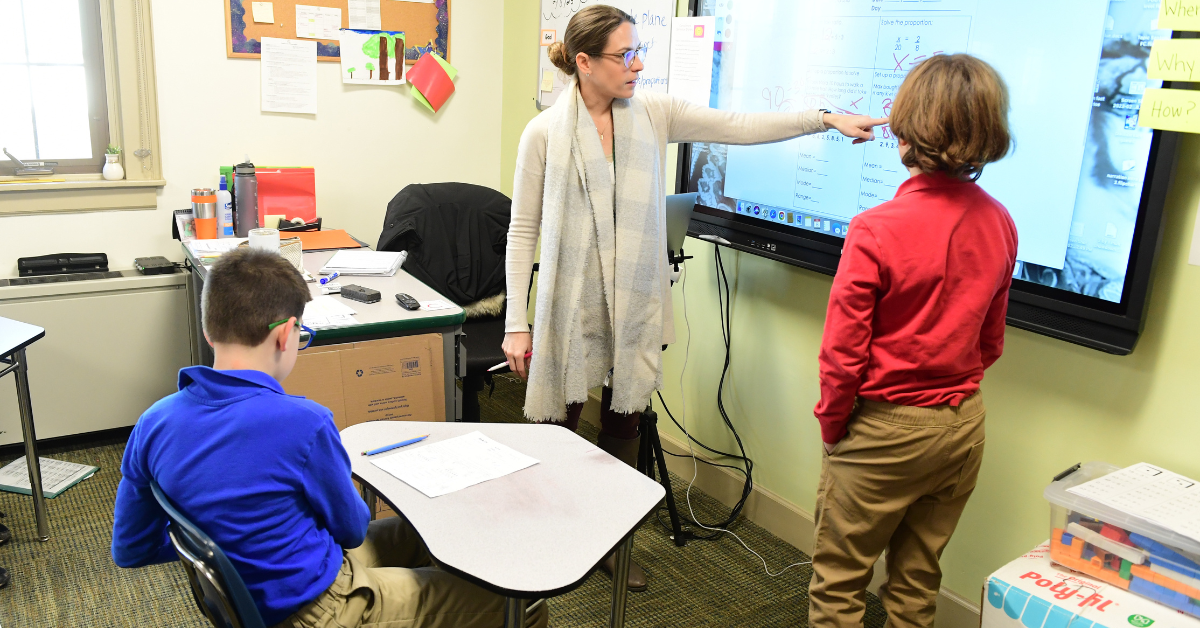Efficient time management is a critical skill for academic and personal success. For students, especially those with learning differences, effectively managing time can present challenges. Symptoms like distractibility, forgetfulness, and occasional hyperactivity may hinder tasks, such as homework and note organization, resulting in stress and diminished self-confidence.
Language-based learning differences, known as LLDs, are cognitive variations that impact how individuals process, receive, or express information. These variations can manifest in different forms, including dyslexia, dyscalculia, dysgraphia, and more. In some cases, individuals may experience multiple diagnoses, further complicating their educational needs.
Strategies to Support Time Management in Learners with Learning Differences
Let us now delve into strategies that empower students with learning differences to master the vital skill of time management, crucial for their academic and personal journey:
1. Daily To-Do Lists and Planning
Making a Daily List: Assist your learner in creating a daily list of tasks and activities. This method will provide clarity and direction for their day.
Understanding the Planner's Role: Walk them through the benefits of using a planner. Emphasize that this is not just about writing things down but about actively keeping track of their responsibilities and accomplishing them.
2. Structured Weekly Scheduling
Crafting the Schedule: Spend some quality time each week preparing a detailed schedule with your child. This structure helps instill discipline and foresight.
Comprehensive Inclusion: Stress the importance of listing everything, from school assignments to sports practices and even downtime. Balance is crucial, and seeing it visually can help.
3. Effective Workspace Organization
Linking Organization and Focus: Help your student or child make the connection between an organized workspace and enhanced concentration. An orderly space often translates to an orderly mind.
Organizational Suggestions: Introduce them to tools like color-coded folders, storage bins, and label makers. These tools can make the organization feel more like a fun activity than a chore.

4. Estimating Attention Span
Monitor Task Completion: Actively monitor and compare the time they think they need versus the actual time taken for various tasks. It can be an enlightening experience for both of you.
Addressing Discrepancies: If they consistently overestimate or underestimate, investigate the reasons behind it. It could be a lack of focus, perfectionism, or even just not understanding the task's requirements.
5. Implementing Time Restrictions
The Value of Timers: Explain the value of setting boundaries on tasks. Using timers or alarms can create a sense of urgency and efficiency.
Practical Examples: Set time limits for different activities. For example, "30 minutes of reading," "15 minutes of computer time," or "45 minutes of play outside." Deciding how long to spend on each activity teaches them to manage their time more effectively.
6. Using Monthly and Weekly Calendars
Dual Calendar Systems: Discuss the benefits of a dual system, especially for younger children. While an electronic calendar might excite teenagers with smartphones, paper calendars can be more tangible and interactive for younger kids.
7. Chunking Long-Term Assignments
Break It Down: Guide them in breaking large projects or assignments into smaller, doable steps. Making tasks actionable makes them feel more digestible and, therefore, achievable.
Open Communication: Emphasize the importance of regular communication between students, parents, and teachers. Encouraging an open channel ensures that everyone is on the same page and can work together to support the student's success.

8. Specialized Education
One cannot underscore enough the significance of an educational institution that recognizes and caters to students with diverse learning needs. In a world where education often follows a one-size-fits-all model, the unique challenges of students with learning differences can sometimes be overlooked. However, schools dedicated to understanding and nurturing these differences can give them the aid they need to thrive.
Tailored Academic Support: With specialized training, teachers can provide both academic support and essential life skills, such as time management strategies. They understand the nuances of students' challenges and know how best to guide them.
Discover Eagle Hill School: We invite you to witness firsthand the unparalleled educational experience we offer. Attend one of Eagle Hill School's open houses to dive deep into our unique and supportive academic program.
At Eagle Hill School, our mission goes beyond just academics. We aspire to rewrite the narrative for students with diverse learning profiles. Instead of seeing differences as obstacles, we celebrate them, recognizing the beauty and potential in neurodiversity. Mistakes, in our eyes, are stepping stones to growth. They offer invaluable lessons and fortify resilience.
Our holistic approach to education ensures that every student experiences a harmonious blend of academic enrichment and social-emotional growth. By fine-tuning our strategies to meet each child's needs, we create a thriving ecosystem where students not only succeed academically but also build solid foundations for life.



